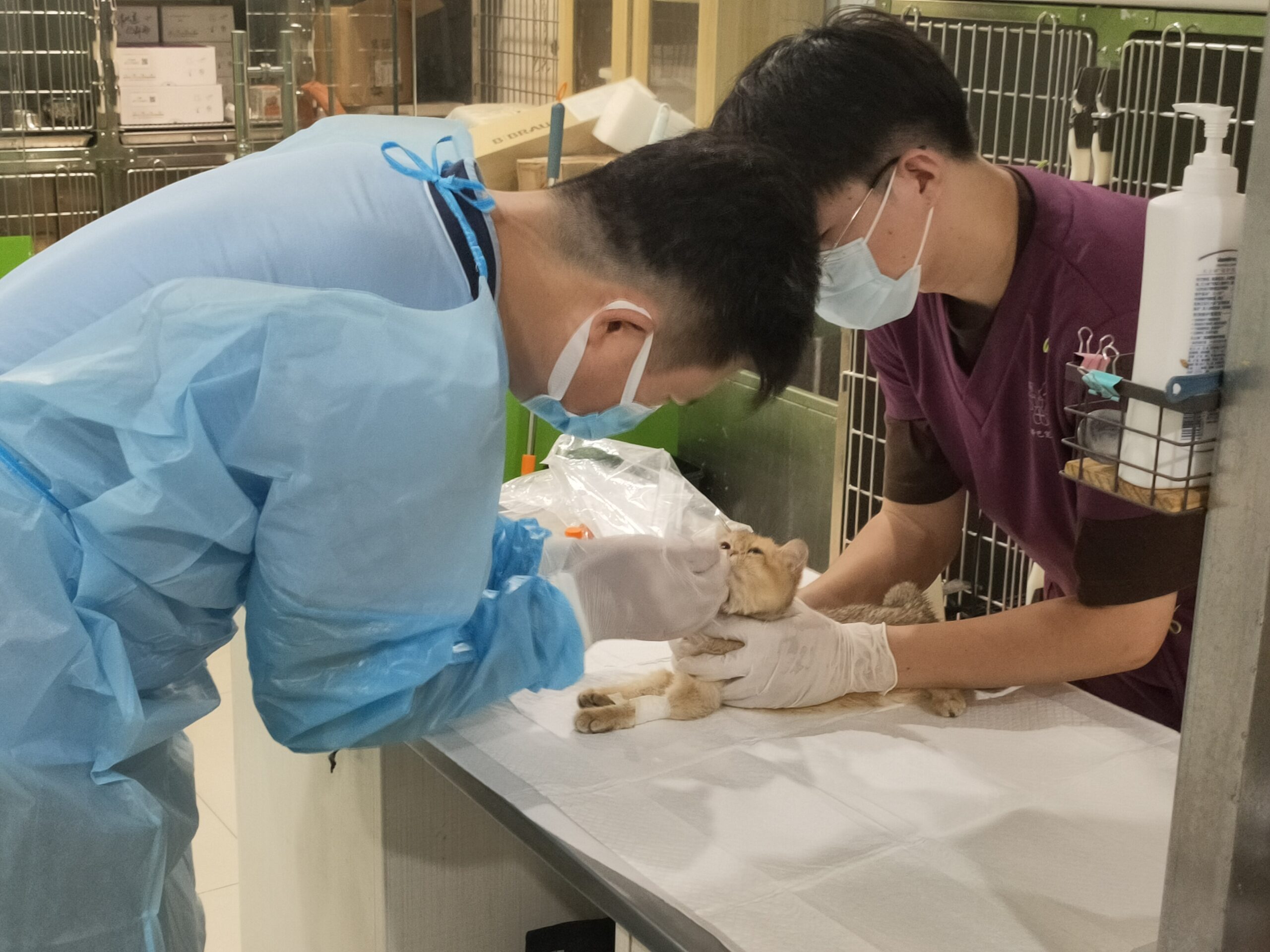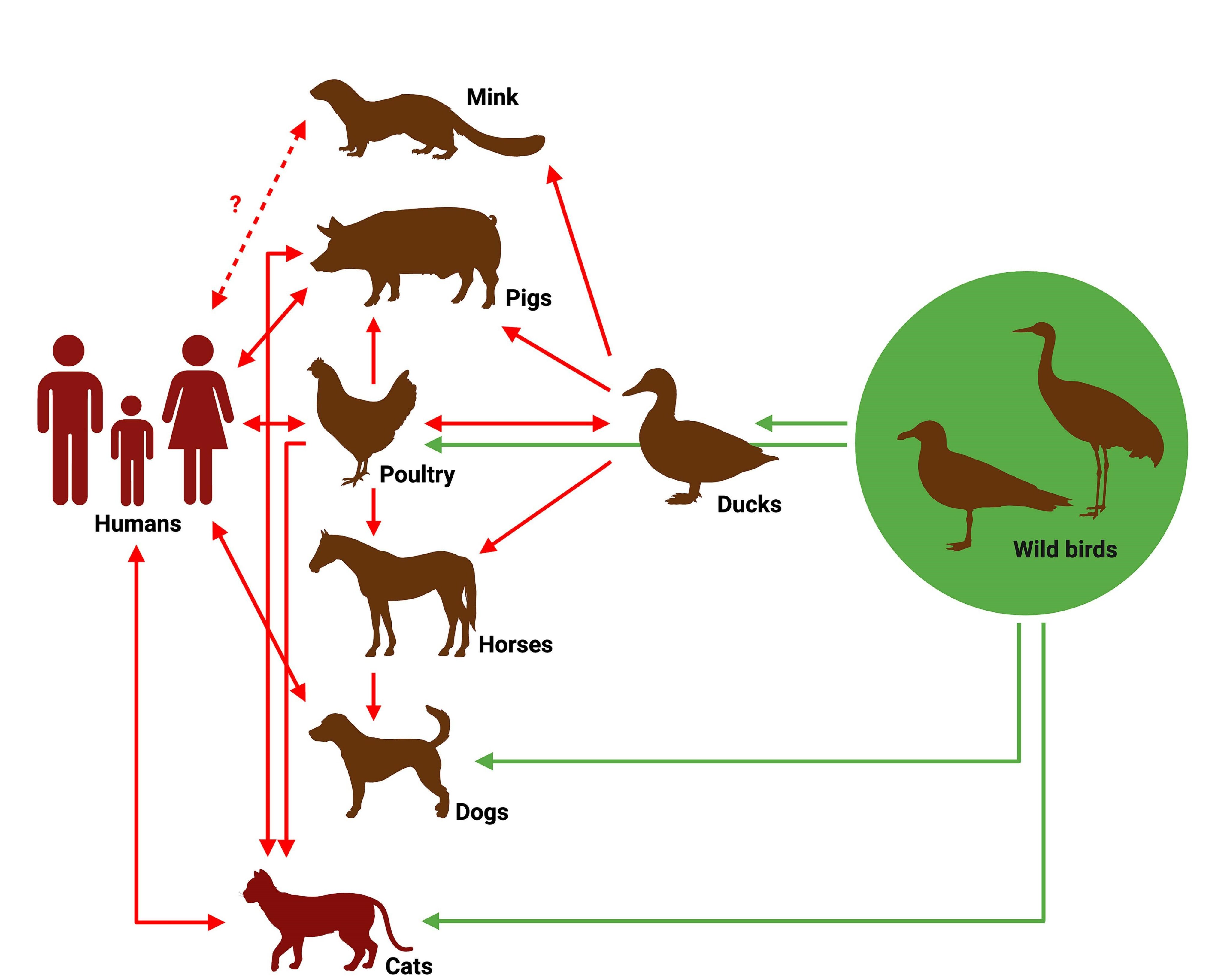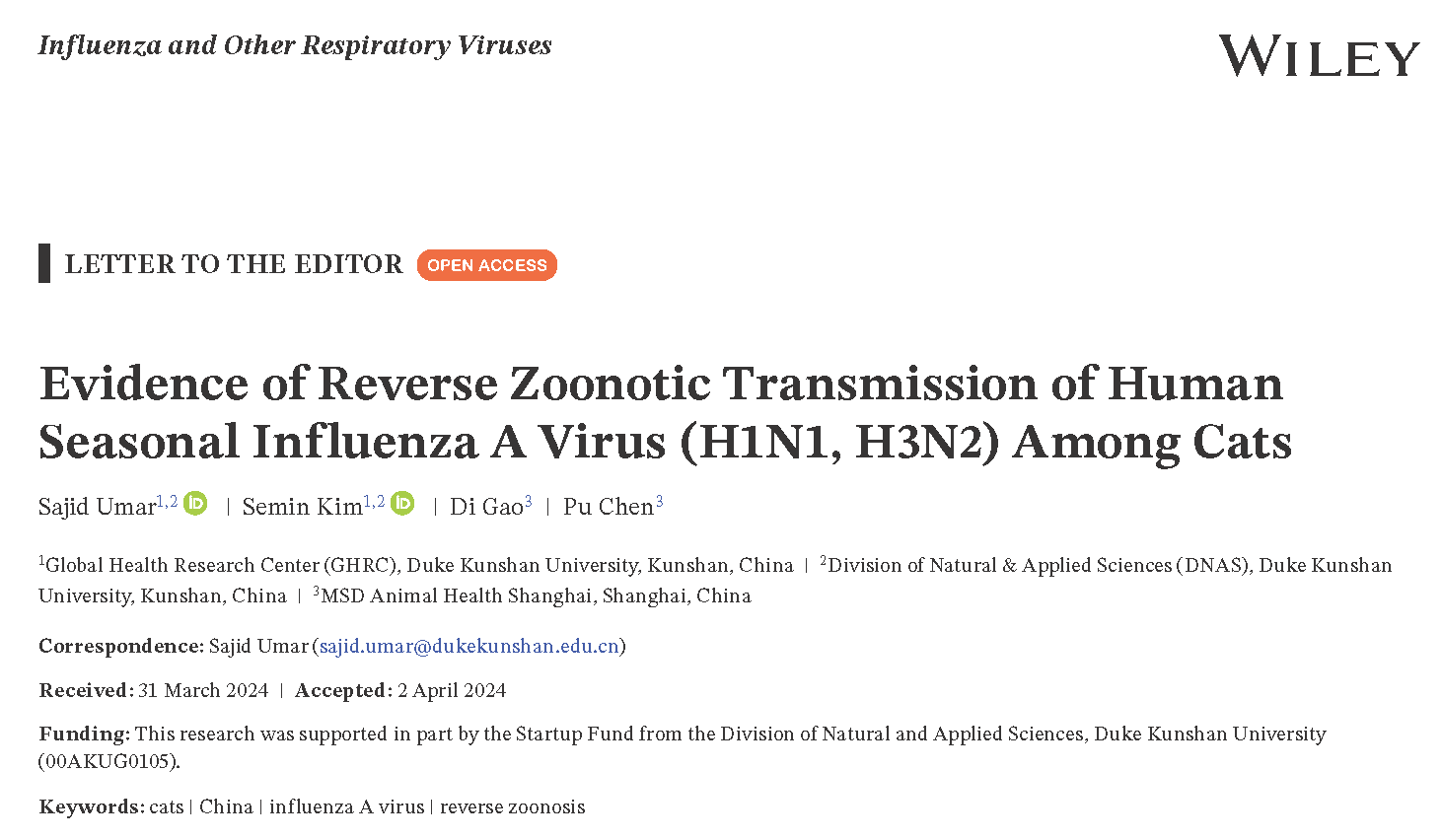A recently published article in the Influenza and Other Respiratory Viruses by Dr. Sajid Umar, Visiting Assistant Professor, and his One Health team at the DKU Global Health Research Center provides new evidence of reverse zoonosis. The study found that close contact between cat owners and their cats is likely to lead to the spread of influenza. The influenza viruses A (IVA) infecting cats may be just the tip of the iceberg of pathogens transmitted from humans to animals.
The intricate web of human, animal, and environmental health is becoming increasingly complex and intertwined with globalization, industrialization, and climate change. The natural transmission of disease and infection from humans to animals, known as reverse zoonotic disease, is a critical aspect of One Health. However, compared to zoonotic diseases transmitted from animals to humans, reverse zoonotic diseases remain understudied from an animal health perspective. It is estimated that far more pathogens are transmitted from humans to animals than from animals to humans, highlighting the urgent need for comprehensive research and preventive measures.
Influenza viruses are highly variable genetically and remain the most significant concern for One Health. From 2021 to 2024, the research team collected 458 nasal swabs from sick cats with clinical signs of respiratory infection from veterinary clinics in Kunshan, Jiangsu. The team applied a self-developed molecular detection algorithm for influenza viruses (which allows the rapid detection of all four influenza viruses). IVA strains were detected in 2.8% samples (13/458). Genetic analysis showed the presence of influenza A (H1N1) and A (H3N2), with nine A (H1N1) and four A (H3N2) viruses. No influenza B viruses were detected.

The global population of domesticated cats has surged since the beginning of the 20th century, with an estimated 600 million cats worldwide, including approximately 65 million in China. Most cats live in close proximity to humans, which unfortunately creates more opportunities for pathogen transmission between humans and cats, potentially leading to the emergence of new pathogenic strains or variants. Cats living closely with their owners are particularly vulnerable, as they often share intimate moments such as snuggles, kisses, dining, and beds. Their genetic similarity to humans makes them more susceptible to contracting diseases from their owners, a fact that should evoke our empathy and concern.
Clinical signs, including sneezing, dyspnea, and coughing, varied from mild to moderate among influenza-positive cats. No deaths were reported among the positive cats. The research team confirmed that human seasonal IVA can be transmitted to cats. Cats could act as additional intermediate or reservoir hosts for endemic IVA evolution and thus may contribute to major public health issues. If left unchecked, reverse zoonotic events of IVA may pose a significant threat to the health of cats and may further jeopardize human health.

The research team recommends that both cat owners and susceptible cats should be vaccinated against influenza before the flu season to reduce the risk of infection. Second, owners who are infected with seasonal flu can minimize reverse zoonotic transmission by keeping their cats away from nasal and other bodily secretions. Third, owners can minimize their playing time and petting activities with their cats while they are sick. Finally, they can limit reverse zoonotic transmission by regularly cleaning and disinfecting the bedding area and providing fresh and healthy feed to their cats.
From a public health management perspective, more testing and ongoing human pathogen surveillance at the human-animal contact interface will also help mitigate, prevent, predict, and prepare for future influenza pandemics.


